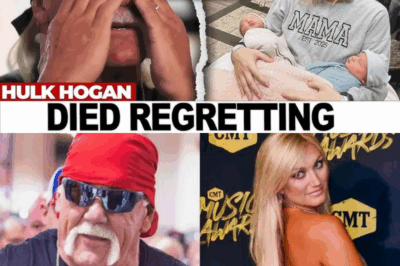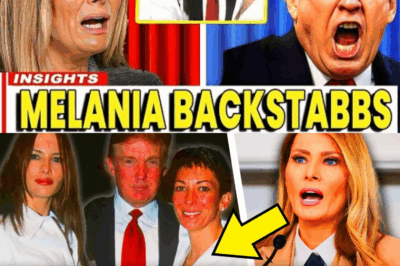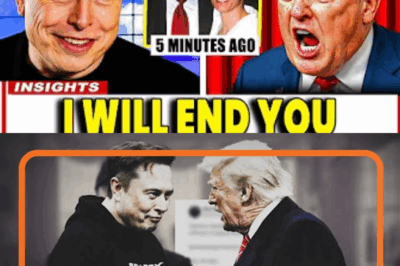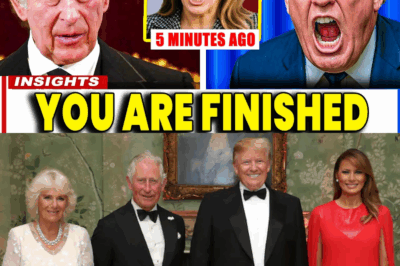Inside the Twisted World of Donald Trump, Jeffrey Epstein, and E. Jean Carroll: What That Photo Reveals About Abuse, Power, and Decades of Deceit
In the relentless saga of Donald Trump’s checkered history, few images capture the dark undercurrents of his world quite like the now-infamous photo featuring Trump, his then-wife Ivana Trump, and journalist E. Jean Carroll. But unless you dig deeper, you might miss the full story simmering beneath the surface—a story that intertwines with billionaire sex trafficker Jeffrey Epstein and a disturbing pattern of abuse and evasion.
.
.
.
Recent revelations have reignited public scrutiny around Trump’s connections to Epstein, especially after explosive details emerged regarding a 1992 party hosted by Trump, attended by 28 young women and just one other man: Epstein himself. Their relationship was hardly a secret—what’s mysterious, and perhaps even sinister, is what happened behind closed doors.
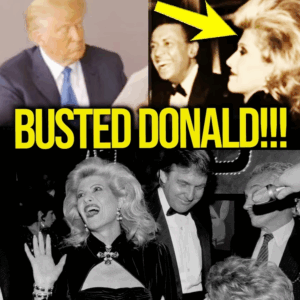
The photo, once a casual event snapshot, now carries a harrowing weight. E. Jean Carroll, who has accused Trump of sexual assault in the 1990s—and subsequently won a civil case for sexual abuse and defamation—stands just behind Trump. Throughout legal proceedings, Trump’s obfuscation and shifting stories put his credibility under a harsh spotlight. Under oath, he first claimed not to know Carroll, then pivoted to saying she was “not his type,” only to accidentally identify her as his ex-wife during deposition—demonstrating a disturbing inability or unwillingness to distinguish between the women in his life.
More damning still is the broader context. From reports of him intruding into teenage dressing rooms at his beauty pageants to the widely circulated Access Hollywood tape, Trump has repeatedly showcased an alarming attitude toward consent and power. His own words—defending stars’ rights to “do anything” to women—have only entrenched the perception that he operated outside the rules binding ordinary individuals.
These patterns do not exist in isolation. As the Epstein investigation continues, pressure mounts for full transparency. Alan Dershowitz, Epstein’s former lawyer (not without his own controversies), has advocated for Ghislaine Maxwell to be granted immunity so she can testify, arguing that “she knows everything” about Epstein’s operations—a web that, according to credible allegations and substantial evidence, ensnared politicians, celebrities, and business leaders in a vortex of exploitation.
Critics fear that without public accountability, the tilt toward the powerful will persist unchecked. Despite Trump’s insistence that he neither knew nor recognized Carroll, the photo tells a different story. His inability to correctly identify the women in his own life, accidentally conflating Carroll with Ivana and even another ex-wife, exposes more than just memory lapses—it suggests a pattern of minimizing, deflecting, and manipulating the truth to evade responsibility.
As society grapples with the implications of these revelations, the question remains: were Trump’s actions just careless lapses, or do they point to a long-standing abuse of power enabled by fame and privilege? With Carroll victorious in the courtroom and more connections between the protagonists of this dark saga surfacing almost weekly, the full picture is still coming into focus.
Ultimately, the photo stands as a chilling symbol—a momentary collision of lives whose deeper significance is only now being understood. If the past tells us anything, it’s that transparency, not secrecy, serves the public good. As more witnesses talk and more evidence surfaces, the world will learn whether these connections were mere coincidence or part of a deliberate, calculated pattern of predation at the highest levels of power.
News
Heartbreaking: Hulk Hogan’s Last Wish Revealed—You Won’t Believe His Ultimate Regret!
Hulk Hogan’s Final Tragedy: Wrestling Icon Dies Estranged from Family, Never Meeting His Grandchildren July 2025 – The world of…
Astronomer Hires Gwyneth Paltrow—Her EPIC Response to Chris Martin’s Controversy!
Gwyneth Paltrow’s Ultimate Power Move: How She Turned Her Ex-Husband’s Joke Into Tech’s Most Brilliant PR Stunt Boston, 2025 In…
Leaked Footage SHOCKS Fans: Kristin Cabot & Billionaire Andy Byron in Hot Water After Coldplay Kiss Cam!
The $38 Million Kiss: How a Viral Coldplay Concert Clip Sparked the Most Expensive Scandal in Tech History Boston, July…
Melania BETRAYS Trump: Epstein Bombshell DROPS at the WORST Possible Moment!
Melania’s Revenge: Will Trump’s Wife Be the Ultimate Betrayer in the Epstein Scandal? She Was Never Loyal—And Now the Truth…
Elon Musk EXPOSES Trump’s Criminal Secrets—Ghislaine Coverup UNRAVELS LIVE!
When Justice Is for Sale: The Maxwell Gambit, Trump’s Power Play, and America’s Crisis of Truth Washington, August 2025 —…
King Charles SHOCKS Trump & Melania With LIVE TV Bombshell—Watch Trump Explode!
The Final Unraveling: Trump’s Epstein Inferno Reaches the Palace Gates August 2025, London/Washington — The wildfire of the Epstein scandal…
End of content
No more pages to load

